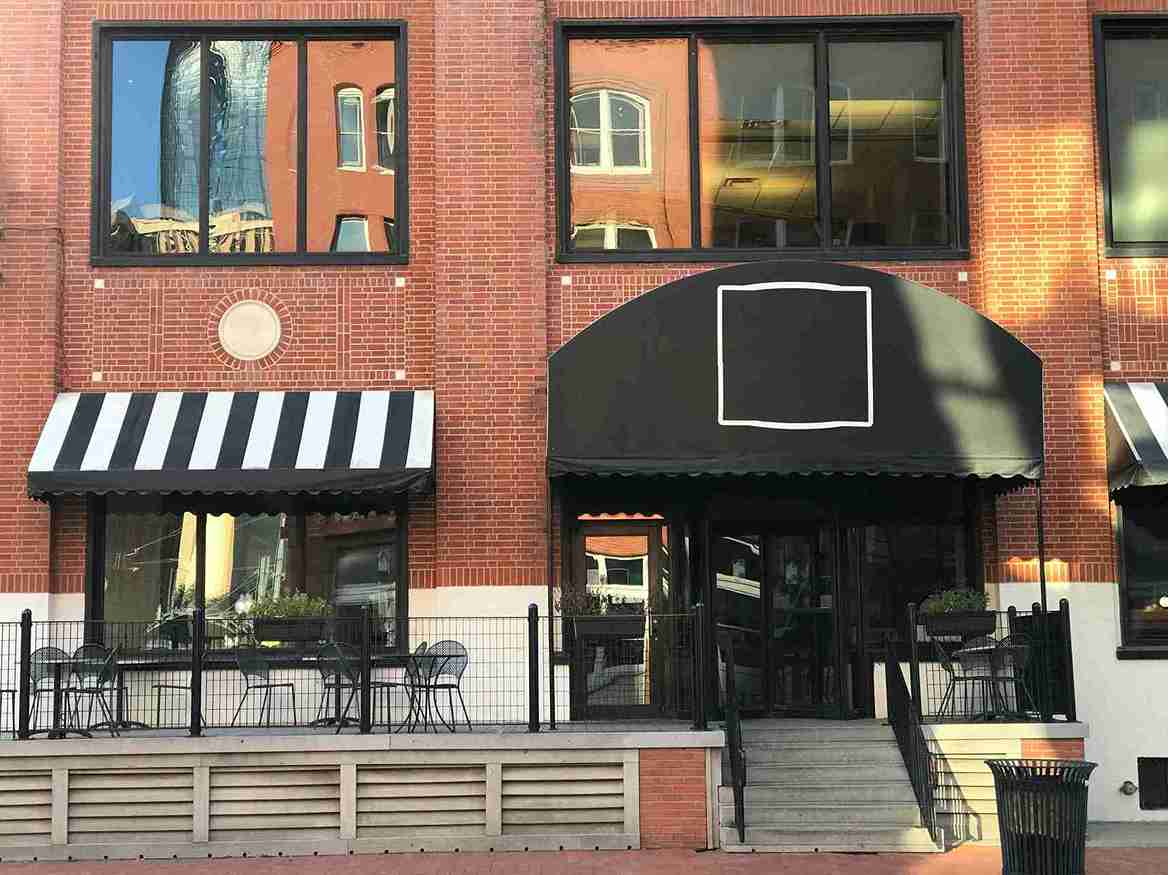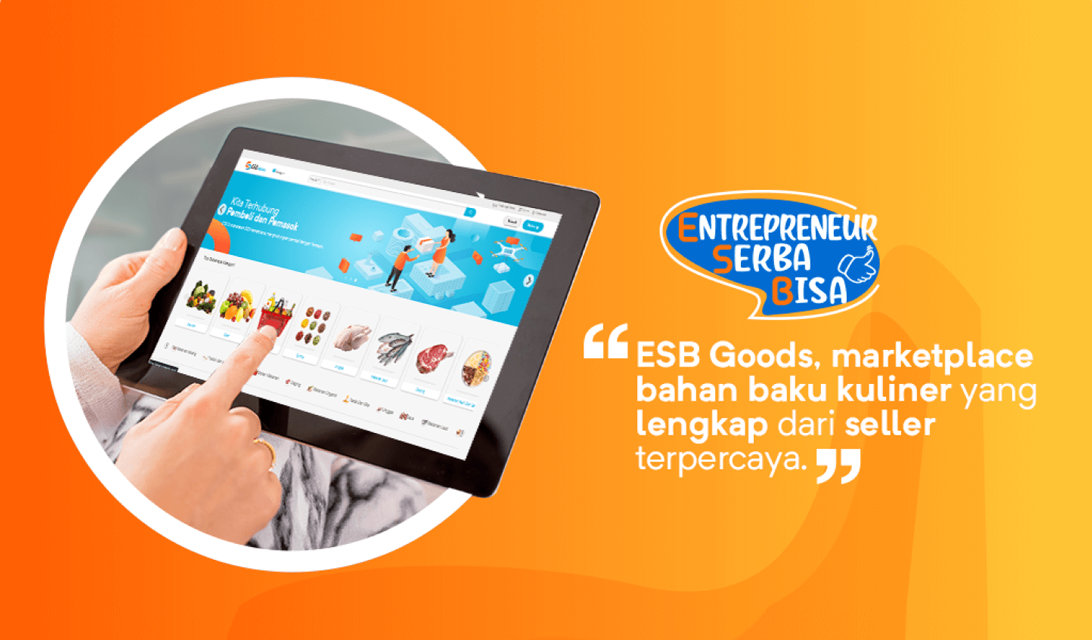 SHARE
SHARE
Outlet as the Face of an F&B Business: Functions, Examples, and Tips for Success
Sovia
You’ve probably heard the term "outlet" many times. But do you really know what it means and how important it is in shaping a food and beverage brand?
An outlet is the main point of interaction between a business and its customers. It’s where service is delivered, products are enjoyed, and experiences are created.
This article will explore the definition of an outlet, its strategic role, successful examples of F&B outlets in Indonesia, and practical tips for building your own. Let’s dive in!
What is an Outlet?
Simply put, an outlet is a physical location or channel where products or services are marketed and sold directly to consumers.
In its most common form, an outlet refers to a store, booth, or business site that represents a single brand.
For example, a shop that exclusively sells products under brand X such as clothes, shoes, and accessories, can be called an outlet.
On the other hand, if a store offers products from multiple brands, it’s usually not referred to as an outlet.
Many people confuse an outlet with a counter, though the two are different. A counter is a small display area or booth used to showcase and sell goods directly, typically within limited spaces like department stores or mini markets.
While similar in the type of products offered, counters tend to be smaller and focused on display.
In fact, one outlet may contain several counters, depending on its size and offerings.
In the F&B world, the term outlet commonly refers to a restaurant branch, café, or food stall—places where customers can directly experience a brand’s food and service.
Each outlet operates with a team behind it. The outlet crew is in charge of daily activities like serving customers, maintaining cleanliness, and ensuring smooth operations. They are usually the frontline, interacting directly with customers.
Meanwhile, outlet staff can also include back-end roles like cashiers, logistics personnel, and supervisors who ensure all systems run according to standard procedures.
With digital transformation, outlets are no longer limited to physical stores. Marketplaces, social media, and official websites now also serve as digital outlets, helping expand a business's reach.
The Role of Outlets in the Culinary Business
In the F&B industry, an outlet plays a far more strategic role than just a sales point. Here are some of its key functions:
1. Primary Sales Point
Outlets are where customers place orders, make payments, and dine in or take out. It’s quick, convenient, and creates a direct experience.
2. Boost Brand Visibility
The more outlets you have, the more visible your brand becomes. Physical presence strengthens brand positioning, especially when located in high-traffic, easily accessible areas.
3. Shape Customer Experience
Outlets allow you to deliver more personal service. Direct interaction builds memorable experiences. A cozy atmosphere can keep customers coming back.
4. Serve as a Promotional Channel
Outlets are great for running promotions like discounts or new product launches. Customers can immediately see and try the offerings, making it an effective attention-grabber.
5. Improve Customer Access to Products
Strategically located outlets make it easier for customers to buy your products without traveling far. They know where to find you and can drop by anytime, an advantage over online-only brands.
6. Build Brand Trust
With a physical outlet, customers can directly assess service quality and ambiance. This builds trust in your brand, beyond what they see online or in reviews.
Read more: Understanding What a Food Court or Pujasera Is: Types and Benefits for Business
Examples of Successful F&B Outlets in Indonesia
Source: freepik.com
In the F&B business, outlets can operate independently or as part of a franchise network.
Each has a unique concept and strategy, depending on the target market and product offerings.
Here are several well-known and successful F&B outlet types in Indonesia:
1. Fast Food Outlets
Known for quick service and easy-to-prepare menus. These outlets focus on time efficiency and affordable pricing.
Examples: McDonald’s and Burger King, both have built strong customer trust with consistent taste and streamlined service.
2. Coffee Shop Outlets
Popular spots for coffee, relaxation, or working. Many brands use this format to build a loyal customer base and community.
Examples: Starbucks, Kopi Kenangan, and Janji Jiwa, offering coffee-based drinks in cozy settings. Some use grab-and-go concepts; others offer table service for a more personal experience.
3. Traditional Eateries
Known for local dishes and homey vibes. Buffet-style service and budget-friendly prices are their main attractions.
Example: Payakumbuah, a Padang restaurant serving authentic Indonesian cuisine widely loved by locals.
4. Mall and Food Court Outlets
Typically small in size but capable of handling high foot traffic, especially in busy malls or shopping centers.
Examples: HokBen, Roti’O, J.CO Donuts & Coffee, popular among shoppers and mall-goers.
5. Street Food Booths or Kiosks
Small-scale booths in strategic locations, ideal for startups with limited capital.
Example: Tahu Go, known for its crispy fried tofu, often found in front of minimarkets or public areas.
6. Pop-up Stores or Event-based Outlets
Temporary outlets at festivals or bazaars, often used to test the market before opening a permanent store.
Examples: Es Teh Nusantara, and Tonkotsu Ramen Ichiran, which participated in pop-up store events.
Tips for Building a Successful F&B Outlet
Opening your own outlet can be a big step in elevating your F&B brand. But don’t rush, here are some key tips to help your outlet run smoothly and attract customers from day one:
1. Choose a Strategic Location
Location determines foot traffic. Pick a busy, accessible area near your target audience.
Especially if your product range is still limited, location can be a game-changer for sales.
2. Match Outlet Design with Your Brand
Your outlet represents your brand. Reflect your brand’s values and personality in the design.
If your brand gives off a premium vibe, make sure the outlet looks exclusive with the right lighting, color scheme, and interior elements.
3. Develop an Efficient Operational System
To maintain consistent service and product quality, each outlet needs standardized procedures from service, cleanliness, to kitchen SOPs.
A strong system helps uphold your brand’s reputation and customer experience.
4. Promote Both Online and Offline
Even physical outlets need digital exposure. Use social media to introduce your new outlet. Share engaging content and highlight offline promos regularly to draw attention and traffic.
5. Leverage Technology
The more outlets you manage, the more complex the operations. Tech tools can help monitor performance in real time. Use management systems like ESB to improve operational efficiency.
Read more: Upgrade Your Restaurant from Here: 10 Effective Operational Management Strategies
FAQ – Outlets as the Face of the F&B Business
1. What is an outlet in the F&B business?
An outlet is a physical location or distribution channel where food and beverage products are sold directly to consumers.
Examples include restaurants, cafés, food stalls, food booths, and even digital outlets such as marketplaces and official websites.
2. What is the difference between an outlet and a counter?
An outlet usually represents a single brand in full and has its own operational area.
A counter is a small table or display case used to showcase and sell products within a larger area, such as in a department store or food court, and can sell multiple brands at once.
3. What does "outlet crew" mean and what are their duties?
The outlet crew are front-line employees who serve customers, process orders, maintain cleanliness, and ensure daily operations run smoothly.
4. What does "outlet staff" mean and how is it different from "outlet crew"?
Outlet staff includes all employees working in an outlet, both front of house (such as cashiers and servers) and back of house (such as chefs, logistics, and supervisors).
The term "outlet crew" generally refers specifically to the team that interacts directly with customers.
5. What are the functions of an outlet in the culinary business?
The functions of an outlet include: serving as the main point of sale, increasing brand visibility, creating customer experiences, acting as a promotional medium, providing easy product access, and building consumer trust.
Conclusion
An outlet is the spearhead of an F&B business that determines a brand’s success.
The role of the outlet crew is to ensure customers receive the best service, while the outlet staff drive operations both front and back of house.
With proper management and the support of technology like ESB that can streamline every aspect of operations, an outlet can become a strategic asset to boost sales and customer loyalty.
Consult with the ESB team today and optimize your business operations from the kitchen to the cashier!
 SHARE
SHARE




